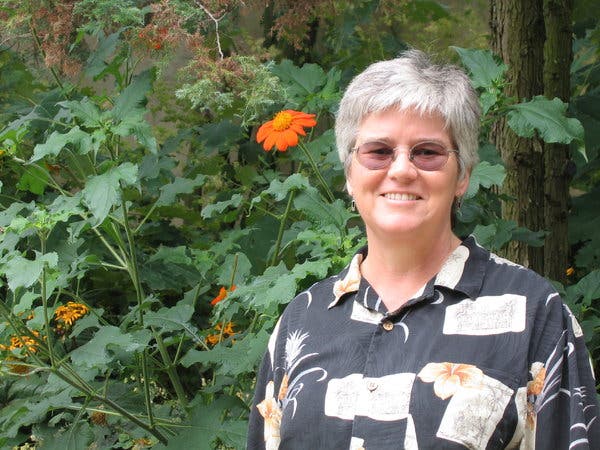SALLY FLOYD (d: 2019) A computer scientist whose work on the early 1990s on controlling congestion on the internet that continues to play a vital role in its stability was born on this date.
Dr. Floyd was best known as one of the inventors of Random Early Detection (RED), an algorithm widely used in the internet. Although it is not readily visible to the average internet user, it helps traffic on the internet to flow smoothly during periods of overload.
The internet consists of a series of linked routers. When computers communicate with one another through the internet, they divide the information into packets of data, which are sent out to the routers in sequence/ A router examines each packet and sends it to its intended destination. But when routers receive more that they can handle immediately, they queue those packets in a holding area called a buffer, which can increase the delay in transmitting data.
We’ve all been there, right?
The buffer has a limited capacity, so if the router continues to receive traffic at a higher rate than it can forward, it will discard incoming traffic. For all the ingenuity of the internet its creators did not anticipate some of the difficulties that arose as it grew.
Well into the 1980s the internet frequently experienced a period of huge degradation in performance known as “congestion collapse”. The network’s capacity was consumed by computers repeatedly transmitting packets which routers were forced to discard due to overload.
Dr. Floyd’s Random Early Detection was an enhancement of the work done by Van Jacobson who was credited with saving the internet from collapse. He and Dr. Floyd developed RED together.
With RED, a router would generate a signal saying “I’ve got enough backlog that I’m going to tell senders I’m backed up.” This meant that by occasionally discarding the occasional data packet earlier, routers could avoid getting completely clogged. The work required a great deal of careful mathematics and the development of simulations.
One of the by-products of Dr. Floyd’s work, reflected her passion for keeping things fair to all intenet users. The work on congestion control was about keeping the internet working for everyone.
Dr. Floyd was born in Charlottesville, Virginia and attended the University of Michigan. One of her first professional positions was working for the Bay Area Rapid Transit (BART) system in San Francisco. She went on to study computer science at UC Berkeley for her M.A. and PhD. In addition to her seminal work in applied computer science, Dr. Floyd was well known for her mentoring of graduate students.
Dr. Floyd died in August, 2019 of gall bladder cancer and is survived by her wife, Carole Leita.
